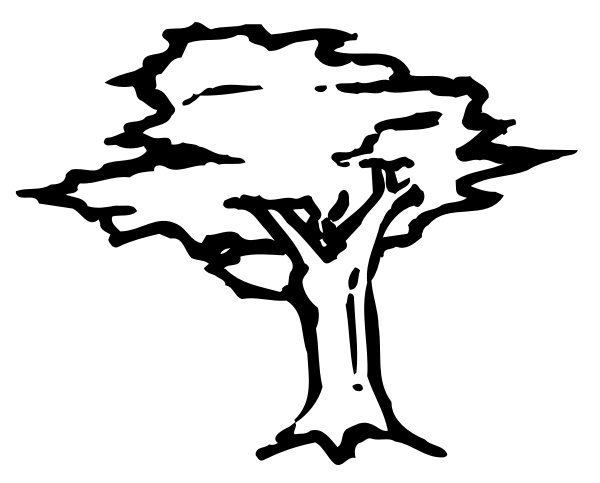“Little Paper Boats” was a big hit with my classmates. Leaving class after having my piece reviewed by my peers, I was beaming with optimism and the most satisfaction I’d ever felt with any assignment or project I had done up to that point. I had some of my classmates emailing me after, asking where I learned to write how I do. My family loved it as well, especially my grandmother. My dad is a painter and he sometimes paints pictures as gifts for my grandma. I’d always wished that I could someday do the same with my writing, and I finally could. It was a nice feeling. I felt as though I had the undeniable proof of my skill that I had been looking for. I felt validated.
Then came the inevitable question, “What next?”
I didn’t know. I no longer had a deadline stalking me as I wrote, propelling me forward. I tried time and again to get something — anything — going. But I never could make it past the first paragraph. I’d go and sit in my writing corner of the Main Library, hoping that there was something left from whatever cloud of creativity that I had been pulling from for my last piece, but still nothing.
Eventually, this bout of writer’s block turned into ennui, and the ennui turned to insecurity. Somehow I had managed to refute all the evidence that I had gained as to my writing ability, and found myself in want of more proof. A year after taking my first, I enrolled for a second round of creative writing. This time it was Advanced Creative Writing (ENGL4800W), which intimidated me. Maybe I was good enough to get through an intro class, but I just knew the advanced course would swallow me whole.
This time around, I wanted to try my hand at fiction again. I still wasn’t all that confident in my ability to think up a compelling narrative, so I decided that imitation might assuage my insecurities. I had just read John Gardener’s “Grendel,” so I elected it as my story template. I sat with the “Grendel” arc for a bit, tweaking it and personalizing it until I had come up with something that I felt was original enough to call my own.
As for the style, I decided to channel Faulkner. I had read “Absalom, Absalom” the previous summer and the writing contained within it had stuck with me long after I had finished the book. I had already flirted with stream of consciousness — namely, the final section of “Little Paper Boats” — but I had not fully embraced it, so I decided to continue building what I had previously started.
I also had an odd fixation on crumbling architecture at the time. I had just picked up urban exploration as a hobby. I was exploring a lot of places around the time I wrote this: an abandoned factory, an abandoned prison and hotel. As it happens, I’ve written a memoir about my trip to the abandoned hotel which I feel would make a good introduction to the themes of Green Vein.
While the writing of “Green Vein” was a rocky, stop-and-go process and was the source of many mini-panic attacks, I eventually ended up on the other end with what I still consider my best piece of writing. The story is not all there as of now. I had only planned for this piece to be a short story, but after finishing the short version and reading back over it, I decided it needed much more room to breathe. I am planning on expanding this into a full novel. A lot of the original has been cut. The original was close to 30 pages. For this portfolio, however, I’ve cut it down to just the first 12 pages…
